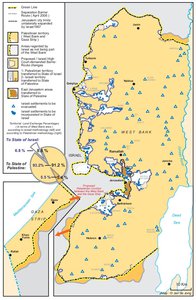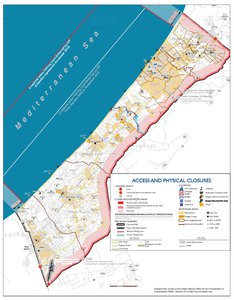THE GAZA STRIP TODAY (2014)
Map Details
In May 2010, an international coalition of political and human rights activists opposing the Gaza blockade - a cooperative effort by the Free Gaza Movement and the Turkish Foundation for Human Rights and Freedoms and Humanitarian Relief (IHH) - sailed a six-vessel flotilla to the Gaza Strip, thereby violating the naval blockade Israel had imposed on the Strip since January 2009 on top of the general cordon around the territory that had been in place since 2007. According to the UN Fact-Finding Mission the flotilla’s aims “were threefold: (a) to draw international public attention to the situation in the Gaza Strip and the effect the blockade; (b) to break the blockade; and (c) to deliver humanitarian assistance and supplies to Gaza.” The latter point was of particular importance for the participants. After the flotilla ignored an order by the Israeli Navy to change its course and head for the Israeli port of Ashdod, Israel deployed Naval Special Forces which raided the ships, killing nine activists and wounding over 50 others on one of them, the M.V. Mavi Marmara. Although subsequent investigative reports by national and international panels into the Gaza flotilla raid differed in their judgment regarding the legality of the Gaza blockade, there was near universal agreement on the fact the Israeli forces had used excessive force during the raid. This incident led to a serious deterioration in Israeli-Turkish relations. Mounting international criticism of the Gaza blockade in the wake of the flotilla raid induced Israel and Egypt to ease the access restrictions on the Gaza Strip in June 2010 and from December 2010 also the export restrictions. However, these relaxations were too limited to bring about a significant improvement of the economic and humanitarian situation in Gaza. Meanwhile, hostilities between Israel and Gaza continued over the course of 2010 and 2011, with both sides occasionally carrying out cross-border attacks, resulting in dozens of Palestinian deaths as well as a number of Israeli fatalities. After a number of violent incidents near the Gaza-Israeli border in the second half of 2012, Israel launched "Operation Pillar of Defense" on 14 November of that year, attacking over 1,500 targets in the Gaza Strip. The operation, which continued until Israel and Hamas concluded a ceasefire on 21 November, left over 170 Palestinians dead, about 100 of them civilians, including dozens of children. By contrast, six Israelis, including four civilians, lost their lives. According to the UN OHCHR, both the Israeli army and the Palestinian armed groups violated international law during the time span of "Pillar of Defense." As part of the terms of the Egypt-brokered ceasefire, both Israel and Egypt eased some of its access restrictions on Gaza. Since the 2012 ceasefire there have been no major episodes of hostilities between Israel and Gaza and 2013 actually saw the lowest number of Palestinian conflict-related deaths in Gaza since 1999, although cross-border attacks and casualties as a consequence thereof increased significantly in the first months of 2014. Despite the improved security situation, the humanitarian and economic crisis in the Gaza Strip has continued to deepen, especially since July 2013, when Egypt's military overthrew the Muslim Brotherhood President Morsi in Cairo and imposed the "toughest border restrictions on the Hamas-run Gaza Strip in years, sealing smuggling tunnels, blocking most passenger traffic and causing millions of dollars in economic losses." The tightening of the Gaza blockade by Egypt has lead to a sharp increase in food prices as well as unemployment in the Gaza Strip, while the very limited operation of the Rafah border crossing has severely restricted the Gazans’ access to health care in Egypt. Furthermore, since the closing of the smuggling tunnels, which were used in part to bring Egyptian fuel into Gaza, there has been a chronic shortage of fuel in the Gaza Strip, causing its Power Plant to operate at about half of its capacity and even shutting down completely on a number of occasions. As a consequence of this fuel and electricity crisis in Gaza the supply of running water been very limited, with over 30% of Gazan households receiving water only once every four days for a mere 6 to 8 hours. In addition to this, water desalination units have been operating at below half of their capacity, a large number of medical machines has been out of order in hospitals, solid waste collection and management services are struggling to keep up with demand and over 140,000 dunums of farmland used for food production are at risk of drought because the wells used to water the land require electricity to operate. In addition, the Gazan economy continues to suffer from Israel's refusal to lift the blockade. While there was a slight increase in the number of truckloads entering Gaza from Israel in 2013 compared to 2012, the number of export trucks allowed into Israel declined significantly. As a result of the Israeli-imposed siege, living conditions in Gaza remain detrimental as of 2014, and the future of the 1.6 million Gazan people seems – in light of the ever worsening economic and humanitarian crisis - very bleak, with the number of food insecure households, amounting to 57% in 2012, expected to spike this year.
Related Maps
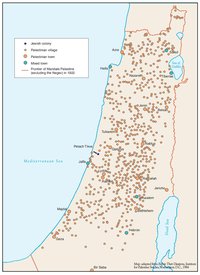
OTTOMAN PALESTINE, 1878
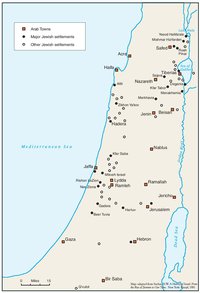
ARAB TOWNS AND JEWISH SETTLEMENTS IN PALESTINE, 1881-1914
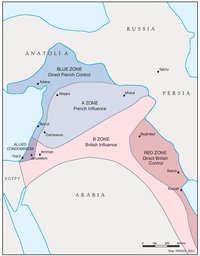
THE SYKES-PICOT AGREEMENT, 1916
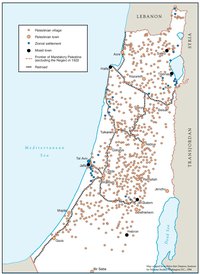
THE BEGINNING OF THE BRITISH MANDATE, 1920
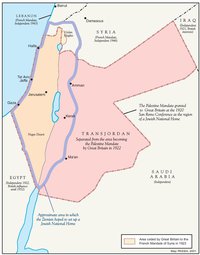
PALESTINE UNDER THE BRITISH MANDATE
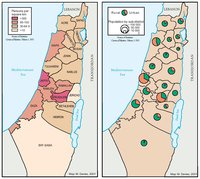
THE DEMOGRAPHY OF PALESTINE, 1931
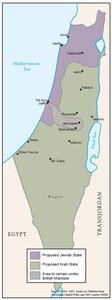
THE PEEL COMMISSION PARTITION PROPOSAL, 1937
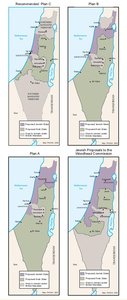
THE WOODHEAD COMMISSION PARTITION PROPOSALS, 1938
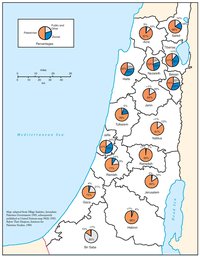
PALESTINIAN AND ZIONIST LANDOWNERSHIP BY SUB-DISTRICT, 1945
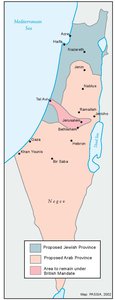
THE MORRISON-GRADY PARTITIONED TRUSTEESHIP PLAN, 1946
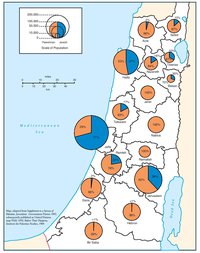
POPULATION OF PALESTINE BY SUB-DISTRICT, 1946
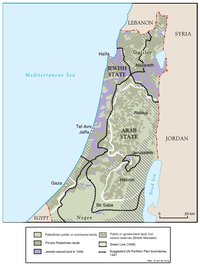
LAND OWNERSHIP IN PALESTINE, 1948
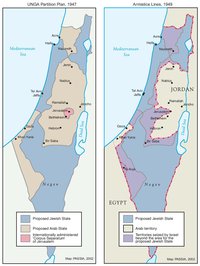
THE UNGA PARTITION PLAN, 1947 – THE 1948 WAR & THE 1949 ARMISTICE LINES
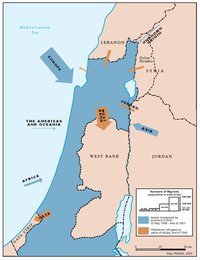
POPULATION MOVEMENTS, 1948-1951
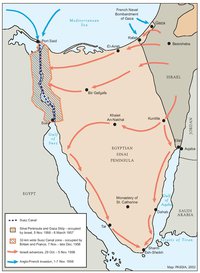
THE SUEZ WAR, 1956
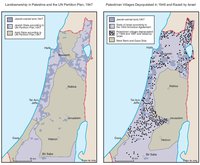
LAND OWNERSHIP IN PALESTINE AND THE UN PARTITION PLAN - PALESTINIAN DEPOPULATED AND DESTROYED VILLAGES, 1948-1949
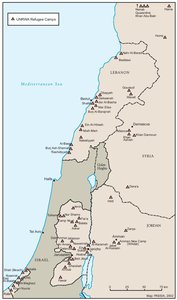
THE PALESTINIAN DIASPORA, 1958
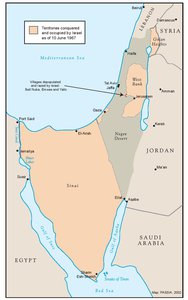
THE NEAR EAST AFTER THE JUNE 1967 WAR
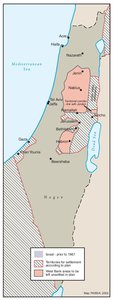
THE ALLON PLAN, JUNE 1967
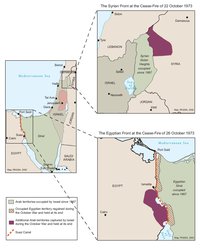
THE OCTOBER WAR, 1973
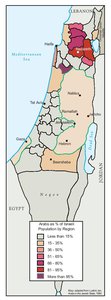
THE PALESTINIANS INSIDE ISRAEL, 1977
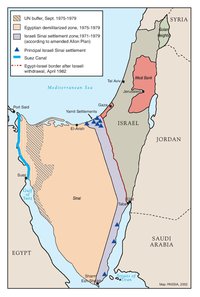
THE CAMP DAVID ACCORDS, 1978-1979
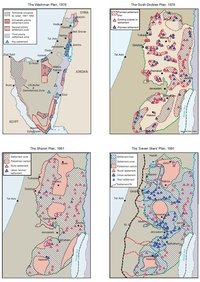
ISRAELI SETTLEMENT MASTER PLANS, 1976-1991
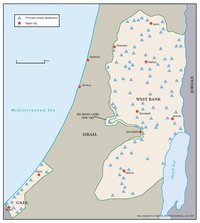
THE 1991 MADRID PEACE CONFERENCE & ISRAELI SETTLEMENTS
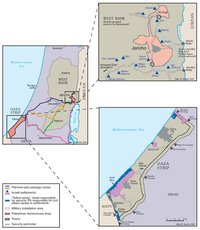
GAZA-JERICHO (OSLO I) AGREEMENT, CAIRO, 4 MAY 1994
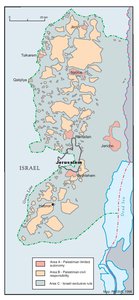
INTERIM (OSLO II) AGREEMENT, TABA, 28 SEPTEMBER 1995
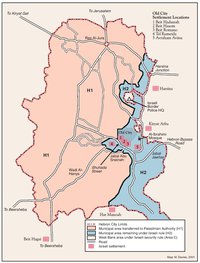
HEBRON PROTOCOL, 15 JANUARY 1997
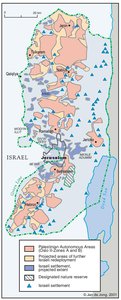
WYE RIVER MEMORANDUM, 23 OCTOBER 1998
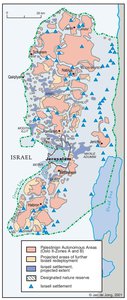
SHARM ESH-SHEIKH AGREEMENT, 4 SEPTEMBER 1999
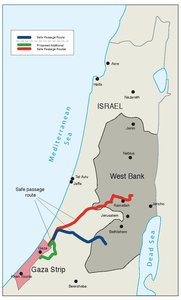
PROTOCOL CONCERNING SAFE PASSAGE BETWEEN THE WEST BANK AND THE GAZA STRIP, 5 OCTOBER 1999
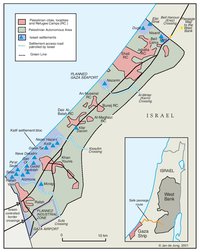
GAZA, 2000
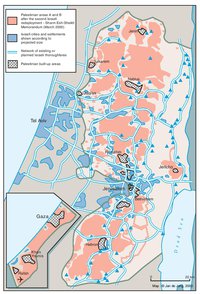
WEST BANK AND GAZA STRIP, MARCH 2000
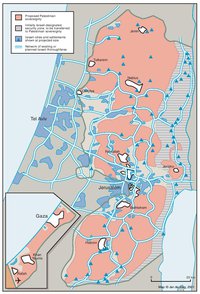
CAMP DAVID PROJECTION, JULY 2000
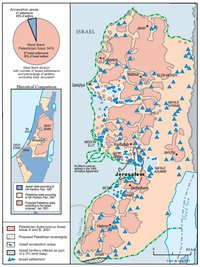
TABA TALKS PROJECTION, JANUARY 2001
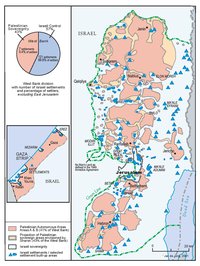
THE SHARON PROPOSAL, SPRING 2001
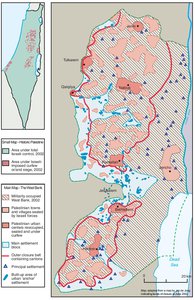
THE REINVASION OF THE PALESTINIAN TERRITORIES, 2001-2002
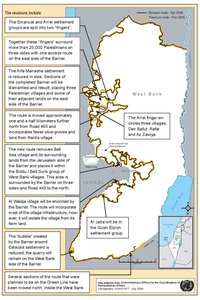
THE ROAD MAP, 2003
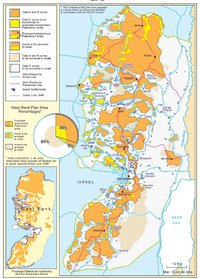
THE GENEVA INITIATIVE AND ACCORD, 2003
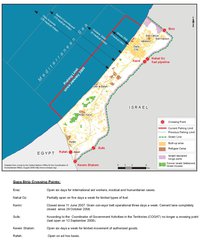
THE ISRAELI DISENGAGEMENT PLAN, 2003-2005
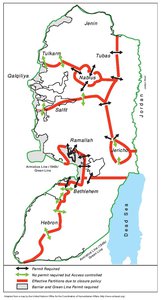
AGREED DOCUMENTS ON MOVEMENT AND ACCESS FROM AND TO GAZA, 2005
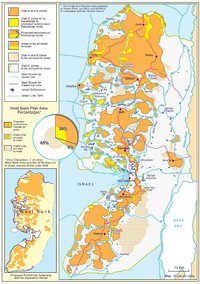
THE SETTLERS' PLAN FOR PALESTINIAN AUTONOMY, 2006
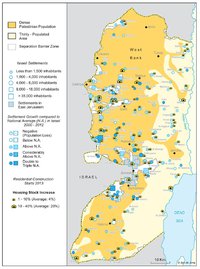
THE WEST BANK TODAY (2014)
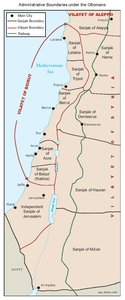
ADMINISTRATIVE BOUNDARIES

HEBRON
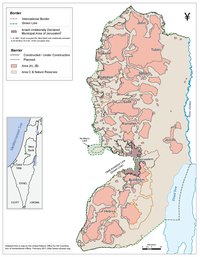
Area C
